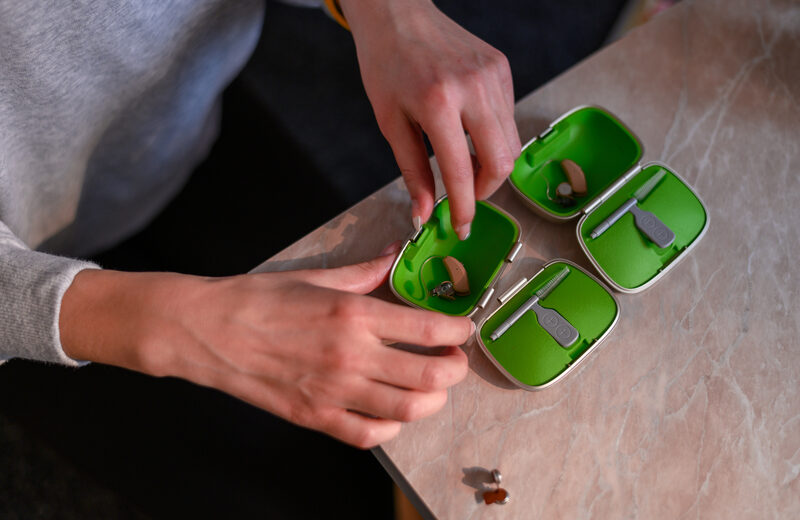For many people, nothing compares to summer vacations and traveling to new and exciting places to enjoy the sights and the warmer weather. But for those who use hearing aids, the joy of travel can be quickly cut short if disaster befalls their devices. The risks for hearing aid devices while on outdoor adventures or vacations are numerous and could happen at any moment without warning. To help prevent this, we have gathered the best hearing aid travel tips to help keep your hearing aid devices safe while away from home.
Hearing Aid Travel Tips: How to Keep Your Hearing Device Safe While Traveling
While Traveling:
The first point of danger to hearing aids is traveling itself. Cramped seats on buses, airplanes and other forms of transportation are the perfect places to lose these tiny valuable devices. Worse still, the likelihood you will ever see that seat again is minimal, so unless someone has a sharp eye and you think to inquire to lost and found, it’s a good bet they will never be found. The best piece of advice from seasoned travelers who use hearing aids is to leave them in your ears. If you decide to nap in your seat, turn them off or open the battery door, keeping them in your ears for safekeeping.
At the Airport:
When it comes to Airtravel, the industry takes steps to ensure that extra assistance for the hearing impaired is available. Thanks to the Air Carriers Act, all airlines, airports, and services that deal with air travel must provide “reasonable accommodations” for the deaf and hearing impaired. As much as they do, it’s still up to the traveler to self-identify as hearing impaired to receive assistance.
On the Beach:
Most modern hearing aids are water and debris-resistant, with noise canceling technology to eliminate wind and whistling sounds, making them reasonably beach-friendly. Just make sure to take them out before going into the water and put them in a water and sand-proof container like a ziplock baggie or a weather-proof travel case.
Dealing With Heat and Humidity:
One consistent factor always present is the danger of water and moisture getting inside a hearing aid and interrupting its operation. Even the most minute amount of moisture from sweat can lead to irreparable damage. Invest in a waterproof cover and take a dry kit or portable dehumidifier with you, so you are prepared when a liquid disaster strikes.
Take Backup:
Visiting new places and unknown vistas is a great way to find beautiful memories and experiences. But finding hearing aid supplies like cleaning kits and batteries can be an effort in futility. Not to mention replacements, it’s recommended that you take extra everything; batteries, charger, cleaning kit, and spare devices.
Expect Changes and the Unexpected:
As the old saying goes, “an ounce of prevention is worth a pound of cure”; the same can be said about preparedness. While it’s impossible to plan for every contingency and odd happening, there are a few things you can do to safeguard your device in case of an unforeseen event.
• Put your contact info in or on all your cases and carriers, like that ziplock bag you put them in on the beach just before you lost them. A business card with your cellphone number will give any finders a way to contact you, potentially averting disaster.
• Keep your equipment with you while you are traveling. If they are in the cargo hold or trunk, things like cleaning kits and extra batteries can do no good when you need them. Airlines classify hearing aid gear as medical equipment and don’t count it towards your carry-on luggage.
• Remember to take more batteries than you think you will need. Batteries can sometimes be tough to get ahold of, especially if you visit rural or woodland areas.





